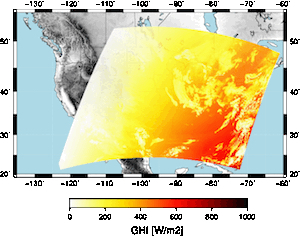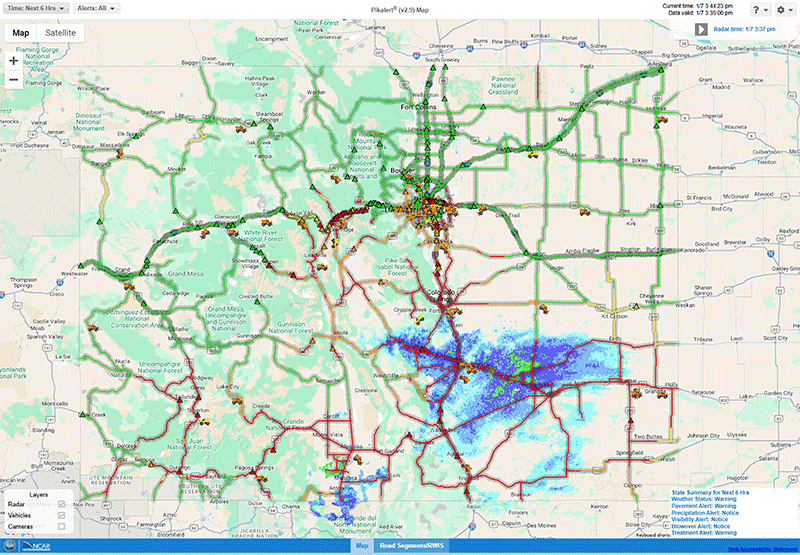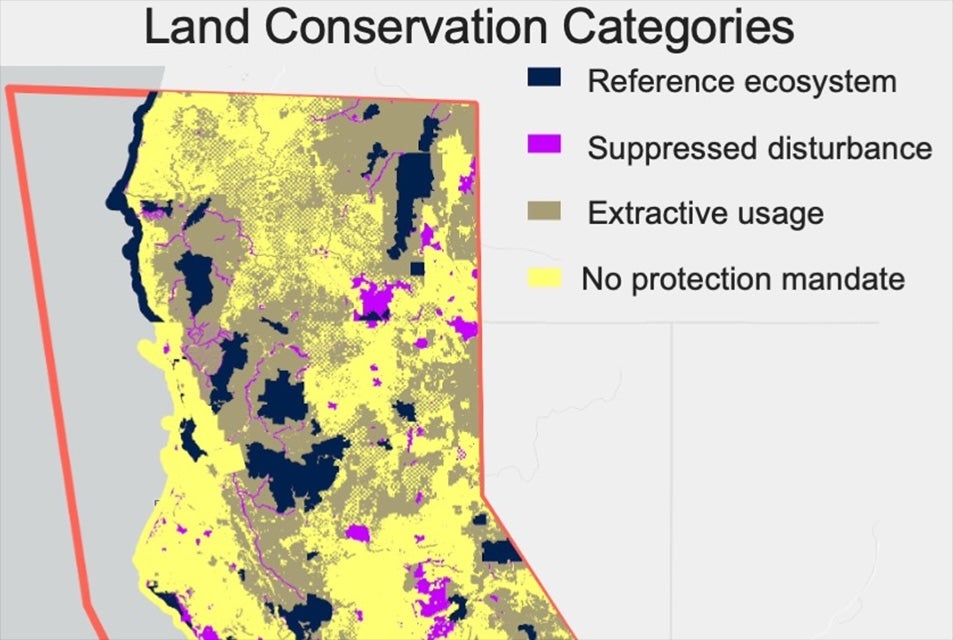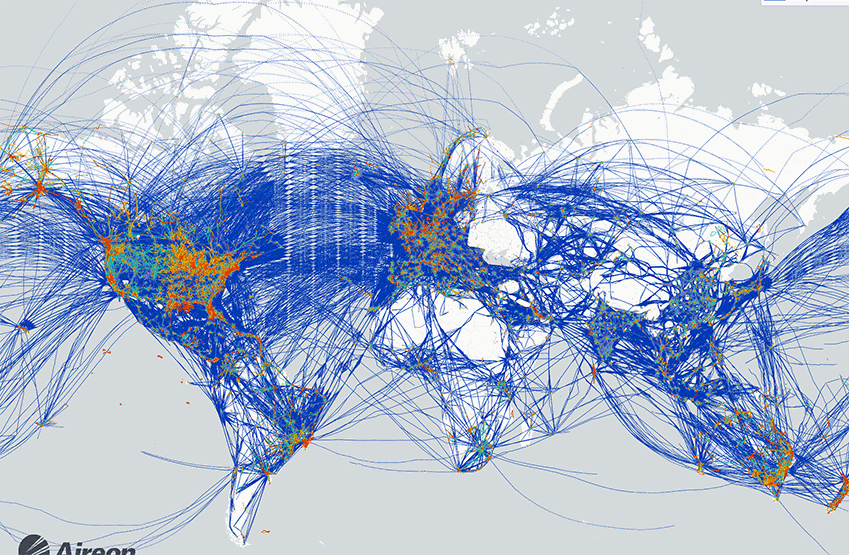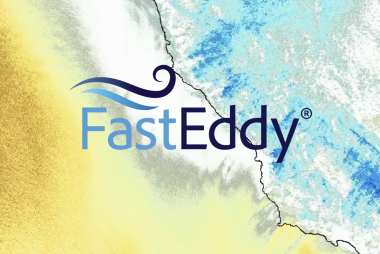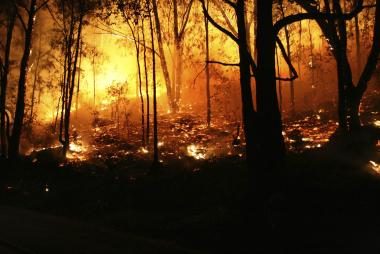WRF-Solar® Forecasts for the Solar Industry
First NWP model specifically designed for solar power prediction
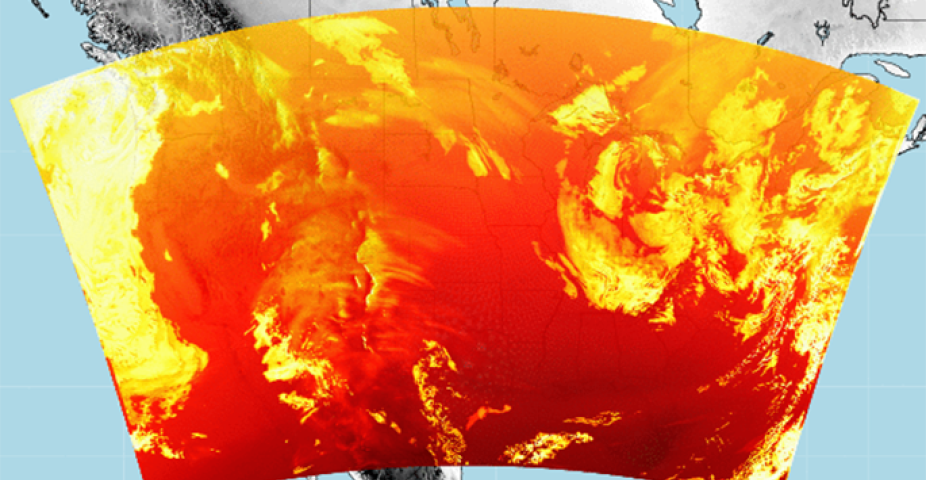
Recent upgrades to the NCAR’s Weather Research and Forecasting (WRF) community model have provided an appropriate numerical weather prediction framework for solar power forecasting. The augmentations introduced into WRF to create WRF-Solar® have focused on improving the representation of the cloud-aerosol-radiation system (Jimenez et al. 2016a). The augmentations include a new aerosol parameterization that allows one to use observations from a variety of platforms such as surface stations, satellites, or even chemistry models to provide an accurate quantification of the aerosol attenuation (Ruiz-Arias et al. 2015). The aerosols also interact with the cloud microphysics (Thompson and Eidhammer 2014) modifying the cloud optical properties and the cloud life tine and evolution. Another enhancement incorporates the radiative effects of unresolved clouds (Deng et al. 2014) which allows for a reduction of the grid spacing with the subsequent speed up of the forecast.
Another set of augmentations increases the value of WRF-Solar® forecasts for the solar industry. For instance, WRF-Solar® outputs, for the first time, the direct and diffuse components of the irradiance. This information is useful for the solar industry since certain solar power technologies only exploit the direct component of the irradiance. WRF-Solar® also provides a fast-radiative transfer algorithm to output the surface irradiance at high temporal resolution keeping the computational cost low (Xie et al. 2016).
Several works have already highlighted the benefits of the solar augmentations for solar forecasting. WRF-Solar® largely reduce errors in the simulation of clear sky irradiances wherein is important to properly account for the impacts of atmospheric aerosols (Jimenez et al., 2016a). WRF-Solar® have also been shown to reduce biases in the surface irradiance over the contiguous U.S. in all sky conditions (e.g. Jimenez et al. 2016b). Another work has pointed out the potential of WRF-Solar® for nowcasting applications (Lee et al. 2016). The study compared solar irradiance predictions using different nowcasting methodologies based on artificial intelligence or the utilization of satellite imagery to detect clouds. The comparison has shown that WRF-Solar is competitive and in many times superior to these state-of-the-science methodologies of the short-term prediction (1-6 h).
Ongoing efforts are directed to further assess the WRF-Solar® performance. These evaluations will ultimately translate into refinements of the model to continue increasing the value of WRF-Solar® for solar power forecasting.
References
Deng, A., B. Gaudet, J. Dudhia and K. Alapaty, 2014: Implementation and evaluation of a new shallow convection scheme in WRF. 94th American Meteorological Society annyal Metting, 26th Conference on Weather Analysis and Forecasting/ 22nd conference on Numerical Weather Prediction, 2-6 February, Atlanta, GA, 13 pp.
Jimenez, P.A., J. P. Hacker, J. Dudhia, S. E. Haupt, J. A. Ruiz-Arias, C. A. Gueymard, G. Thompson, T. Eidhammer and A. Deng, 2016a: WRF-Solar: Description and Clear-Sky Assessment of an Augmented NWP Model for Solar Power Prediction. Bull. Amer. Met. Soc.. 97, 1249-1264. doi:10.1175/BAMS-D-14-00279.1.
Jimenez, P.A., S. Alessandrini, S. E. Haupt, A. Deng, B. Kosovic, J. A. Lee, L. Delle Monache, 2016b: The role of unresolved clouds on short-range global horizontal irradiance predictability. Mon. Wea. Rev., 144, 3099 - 3107. doi:10.1175/MWR-D-16-0104.1.
Lee, J. A., S. E. Haupt, P. A. Jimenez, M. A. Rogers, S. D. Miller and T. C. McCandless, 2016: Solar energy nowcasting case studies near Sacramento. J. Appl. Meterol. & Climatol. Doi: 10.1175/JAMC-D-16-0183.1, in press.
Ruiz-Arias, J.A., J. Dudhia and C. A. Gueymard, 2014: A simple parameterization of the short-wave aerosol optical properties for surface direct and diffuse irradiances assessment in a numerical weather model. Geosci., Model Devel., 7, 1159-1174.
Thompson, G., and T. Eidhammer, 2014: A study of aerosol impact on clouds and precipitation development in a large winter cyclone. J. Atmos. Sci., 71, 3636-3658.
Xie, Yu, M. Sengupta, J. Dudhia, 2016: A Fast-sky Radiation model for Solar applications (FARMS): Algorithm and performance evaluation. Solar Energy, 135, 435-445.
